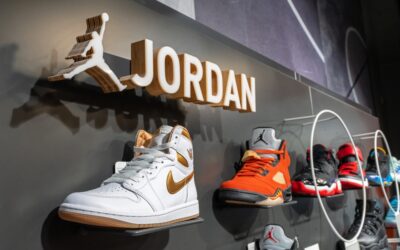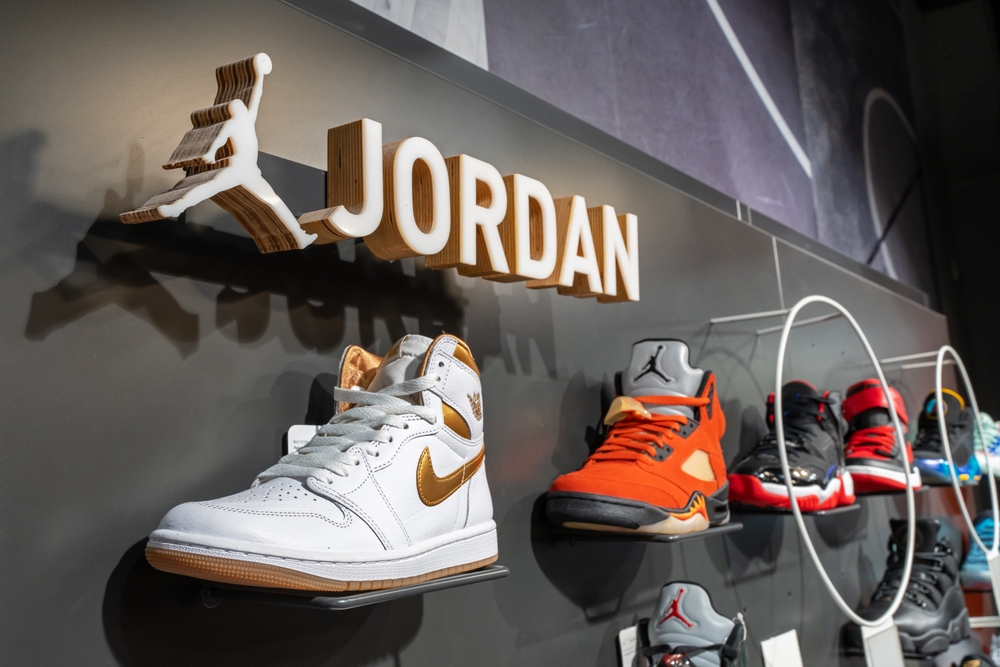Prices are climbing again—and this time, tariffs are the culprit. As new import taxes hit Chinese-made goods, major U.S. retailers are quietly raising prices to offset the cost. From household essentials to electronics, the impact is already showing up on store shelves. Here are 12 big-name retailers where the price hikes are happening now, and what you might want to avoid buying.
1. Walmart

Walmart wasn’t shy when it announced on an earnings call that their famously skinny margins simply can’t swallow Trump’s 10 percent across-the-board tariffs forever. As Reuters reports, CEO Doug McMillon warned that “even at reduced levels, we aren’t able to absorb all the pressure given the reality of narrow retail margins.” They’ll “keep prices as low as we can,” but price hikes are coming “later this month.” This isn’t a game of chicken—suppliers are demanding more, and Walmart’s CFO has already said certain product categories will see single-digit bumps.
And if you think Walmart’s United States dominance (90 percent of Americans live within 10 miles of a store) means they can flex more? Not really—this trade war is testing even the big box’s cost controls. Investors panicked, sending shares down a few points. Behind closed doors, buyers are renegotiating deals, shifting orders, and delaying new product launches. Eventually, someone’s paying—for Walmart, it looks like that someone is you. No one said saving a buck was free. Even Sam Walton’s ghost seems a bit uneasy.
2. Target
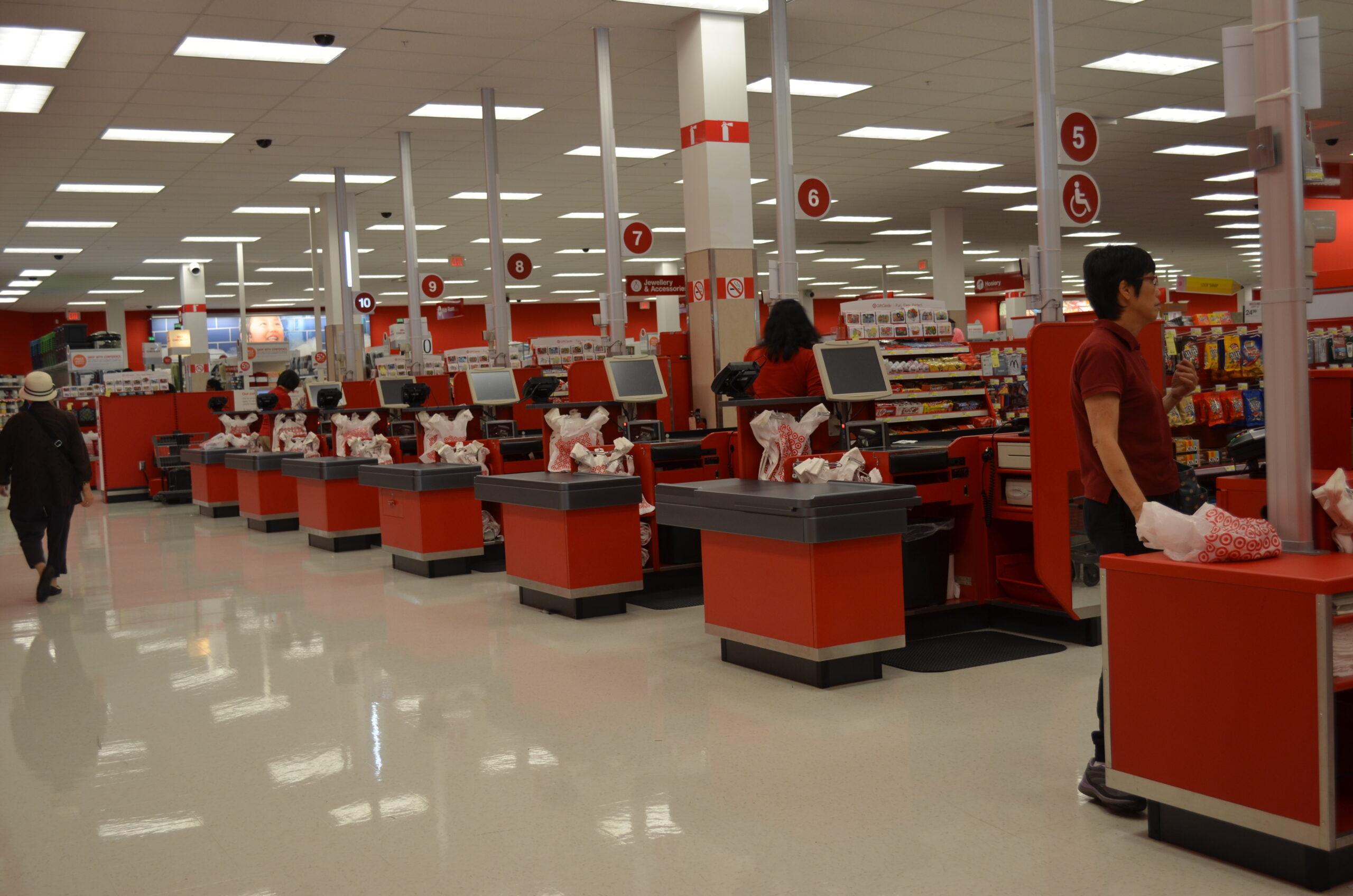
Target’s CFO dropped a hint on their Q1 call: consumers might notice slightly higher price tags on everything from bath towels to boutique snacks. Investopia noted that markup headaches stem from a surge in duties on key categories like apparel and small appliances. Target’s team is scrambling to reroute orders, lean on alternative suppliers, and—inevitably—pass some of those costs down the chain. They’ve promised to “limit the impact on our guests,” but with competitors raising rates, there’s only so much cushion to go around. Their merchandising execs are eyeing markdown strategies to clear out higher-cost inventory, but fresh stock will carry a bit more sticker shock.
Meanwhile, underperforming vendors are getting the boot, accelerated by tariff-driven cost-pushes. And yes, that latte you grab in the café might tick up a few cents. It’s not dramatic—think like a $1 – $2 nudge here or there—but over a cartful, it adds up. Target’s famously cheerful branding gets a tiny dent when you realize red-card perks can’t cover everything. So next time you scan your receipt, don’t be surprised if the “mini-haul” leaves a slightly bigger hole in your wallet. Basically, Target’s saying: “We’re sorry, but that unicorn pool floatie? Slightly pricier now.”
3. Best Buy
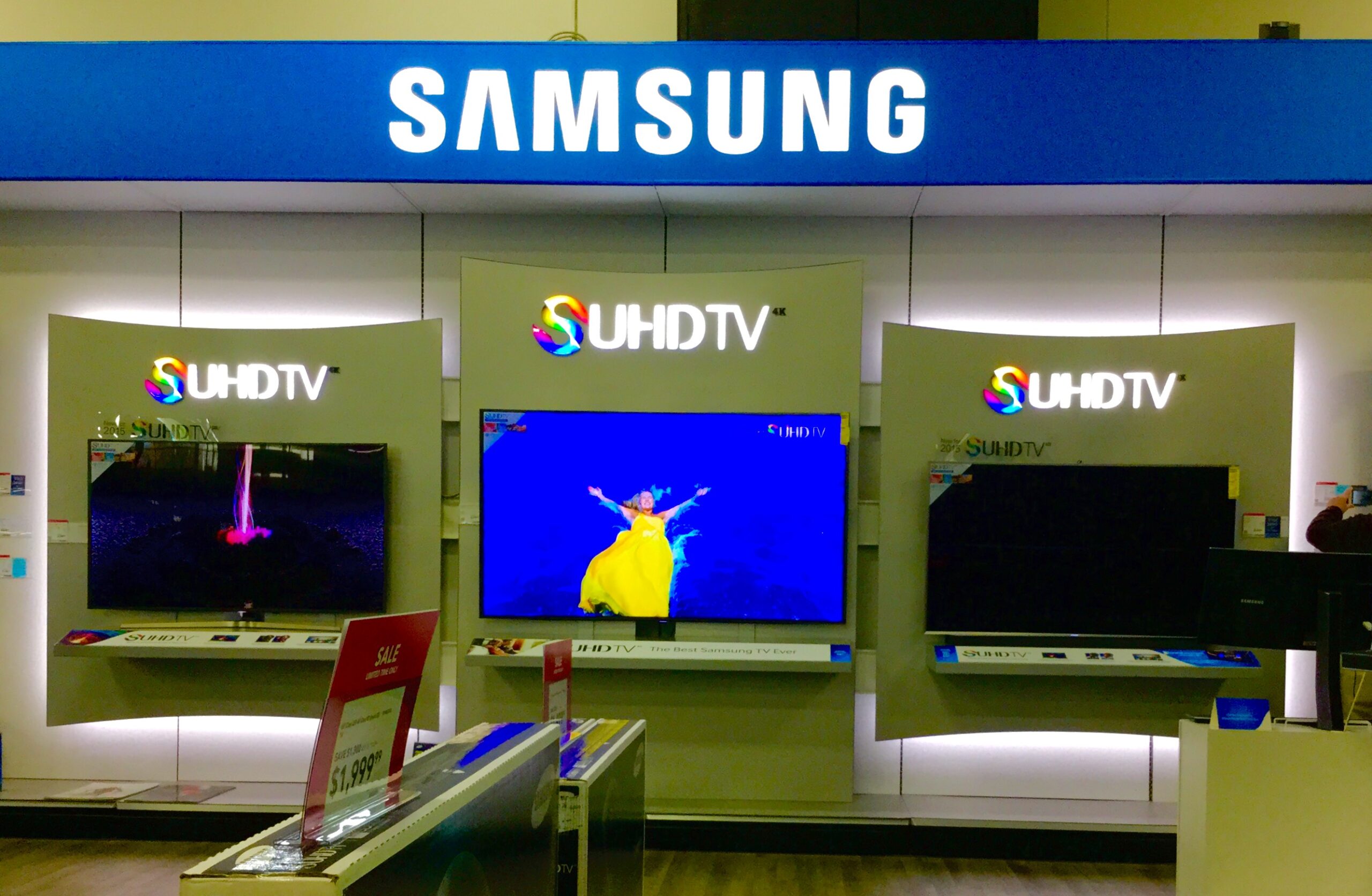
In the land of gadgets and gizmos, Best Buy is waving a small white flag—some costs must be passed to customers. Per The Street, executives admitted that tariff billings on TVs, audio gear, and gaming consoles are squeezing margins. They’re haggling with suppliers to soften the blow, but certain popular lines (we’re looking at you, 4K OLEDs) are now priced to reflect new import duties. Geek Squad services might even creep up a few bucks as they cover rising parts costs. Best Buy’s finance chief cautioned that holiday season deals could be less “door-buster” and more “price-stable.”
They’re also shifting more toward U.S.-made accessories, but stock limits—and excitement for imported flagship devices—mean sticker tweaks. Analysts predict electronics prices could climb 3 – 5 percent over summer. Loyal rewards members will earn slightly more points to offset the jump. And don’t forget, if you were eyeing that soundbar upgrade, now might be the time before next tariff tranche. In short, Best Buy’s keeping its neon signage bright, but your receipt’s getting a little burn.
4. Lowe’s
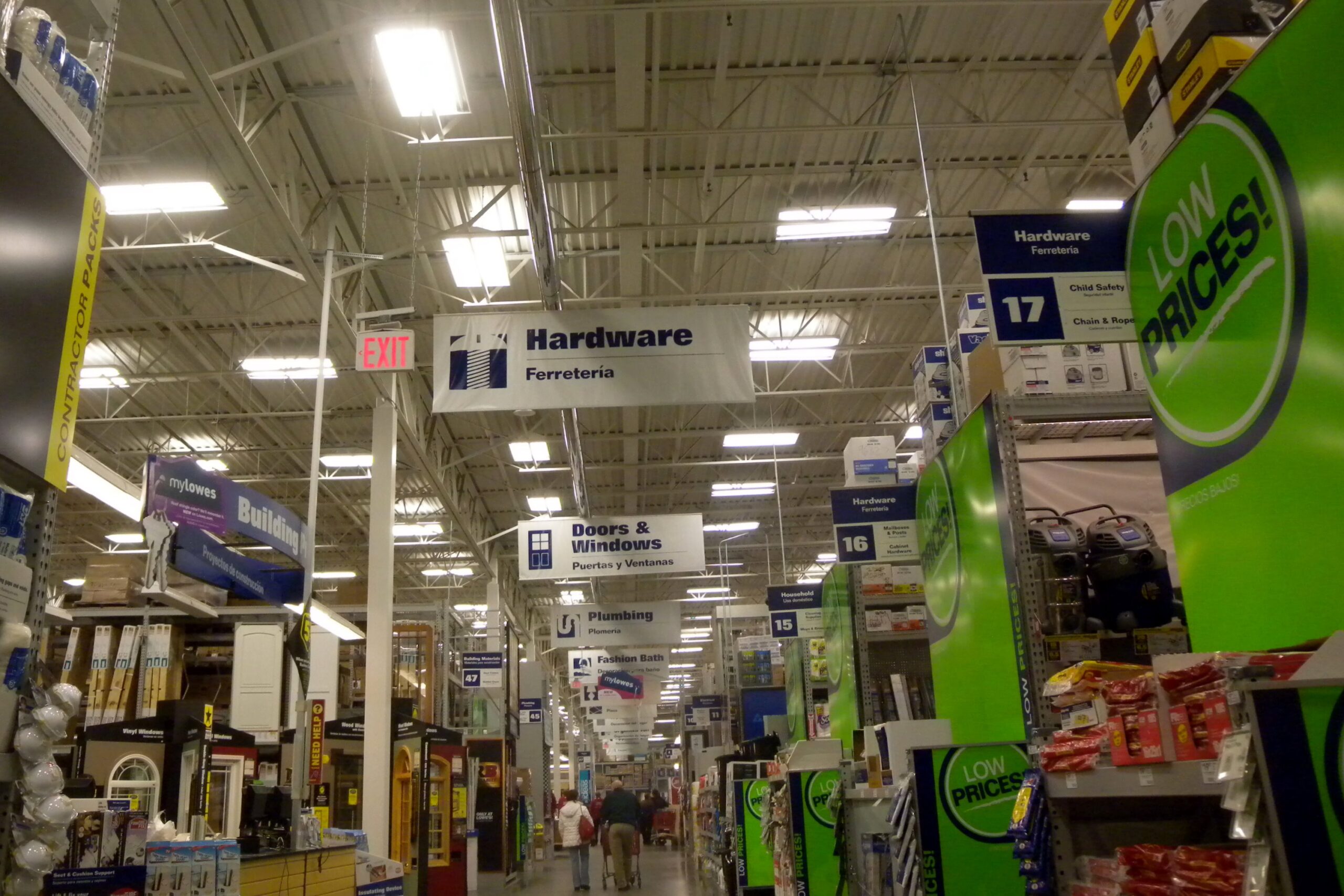
Even the other home-improvement giant, Lowe’s, admits it has to climb on that price-hike bandwagon. According to The Daily Wire, Lowe’s CFO stated that raw material costs—such as steel for tools and resin for plastic fittings—have increased due to new levies. While they’re boosting U.S. supplier contracts, some imported ranges, showerheads, and garden hoses are logging small surcharges. Customers might notice a few dollars added to lumber bundles or appliance install kits. Marketing promises “minimal impact,” but behind the scenes, they’re rerouting shipments from Asia to Mexico and even Eastern Europe. Store managers are strategically bundling promotions to hide incremental cost bumps.
And online home décor items are being repriced to reflect the blended tariff-adjusted inventory costs. Warranty and delivery fees? Those might tick up too. Lowe’s executives are also considering a loyalty member perk to offset future rounds. It’s a delicate dance: keep the average ticket from spiking too fast while staying profitable. The upshot: your weekend DIY project could end up a tad more expensive than last spring.
5. Amazon
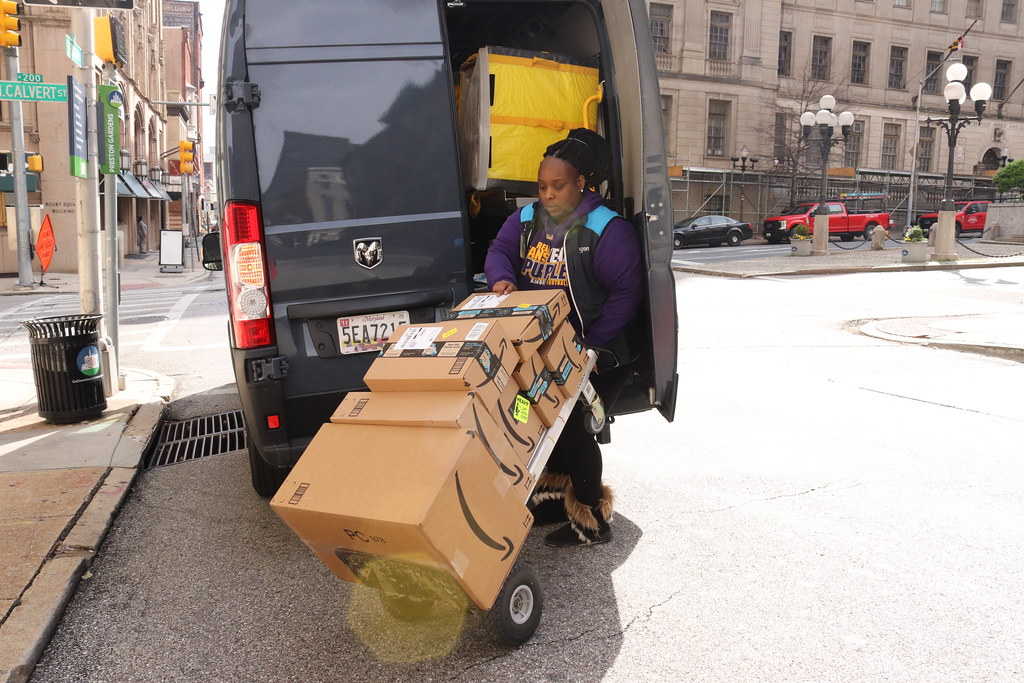
If you thought Prime meant “prime prices,” think again. Countless third-party Amazon merchants have quietly upped rates to cover new import fees. Categories hit hardest include electronics accessories, home décor, and clothing. Sellers without U.S. warehousing are upfront—they tag listings with “price adjusted for import duties.” And Prime Day deals? Some vendors are even pulling out early to avoid selling at a loss, according to CNBC.
Amazon itself may absorb a slice to keep listing prices lower, but fees on fulfillment and storage are inching up. Small brands warn that “retail price” will reflect global supply-chain headaches. Consumers are noticing fewer ultra-cheap knock-offs, and overall “discount” levels look a bit drier than usual. For shoppers who compare across platforms, Amazon’s no longer the uncontested bargain basement for some goods. If you see a used-new gadget for more than expected, blame the tariff impost. Your two-day shipping still rocks—just maybe leave the impulse buys at the checkout.
6. Costco
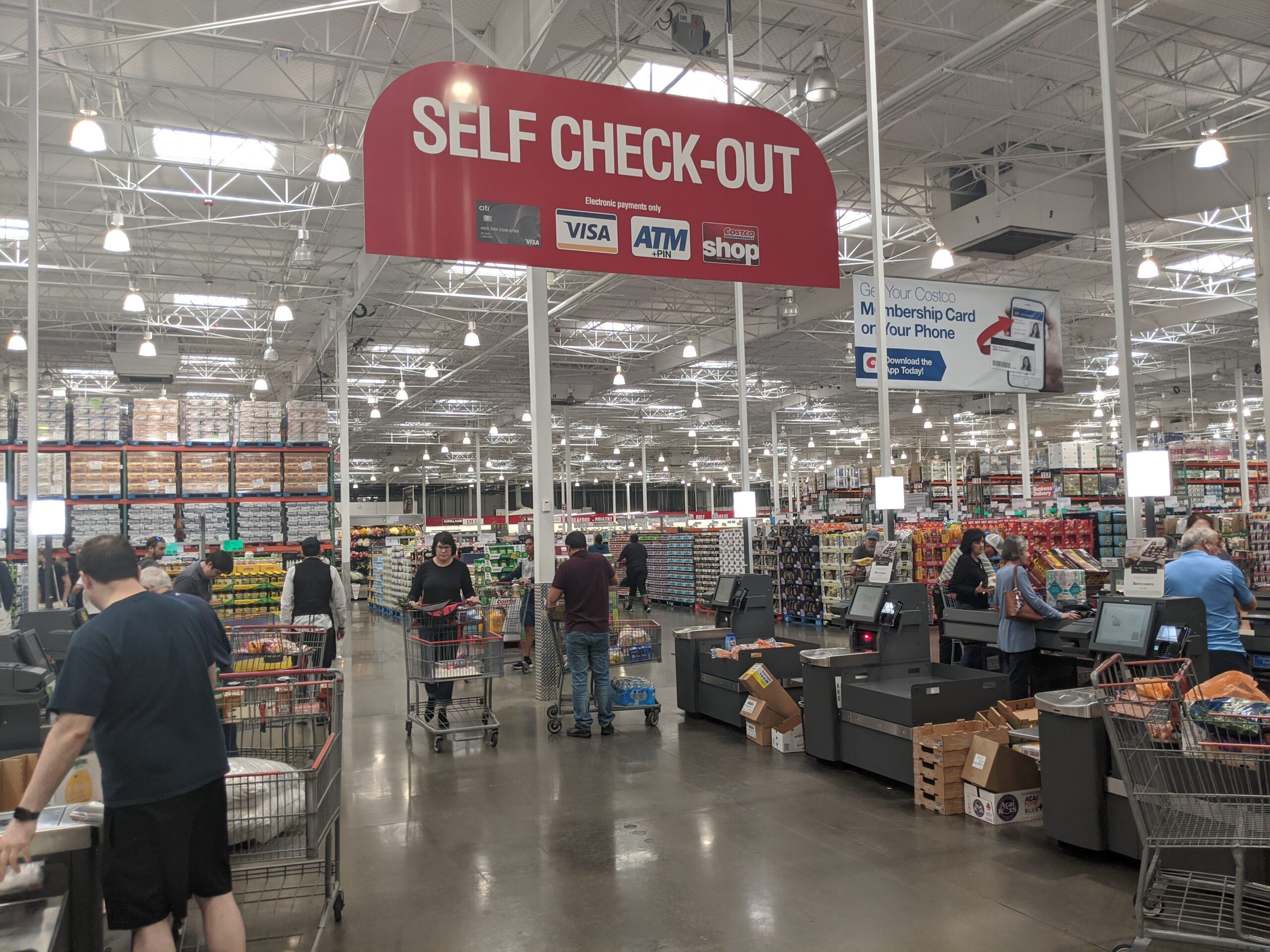
Costco thrives on bulk, and bulk means pallets of imported goods. Even though their membership model cushions price swings, even wholesale behemoths aren’t immune, some wine and electronics cases now include a small surcharge line on membership statements. Kirkland-brand items sourced overseas are being reformulated or switched to domestic producers. But for select toys and seasonal décor, per-unit pricing has crept up a few cents. Bulk foodstuff—think olive oil, nuts—has seen incremental increases, too.
Members loyal to the $1.50 hot dog deal remain safe, but packaged goods aisles reflect blended-cost adjustments. Costco’s buying power still delivers an edge over peers, yet you can feel the tariff tremor if you compare it with last year’s circular. Rumor has it the warehouse giant is exploring price-stabilization subsidies using membership revenue. No public announcement yet, but insiders say a loyalty kickback could be in the works. The takeaway: Costco’s still the king of bulk bargains, just slightly less regal on certain imports.
7. Macy’s
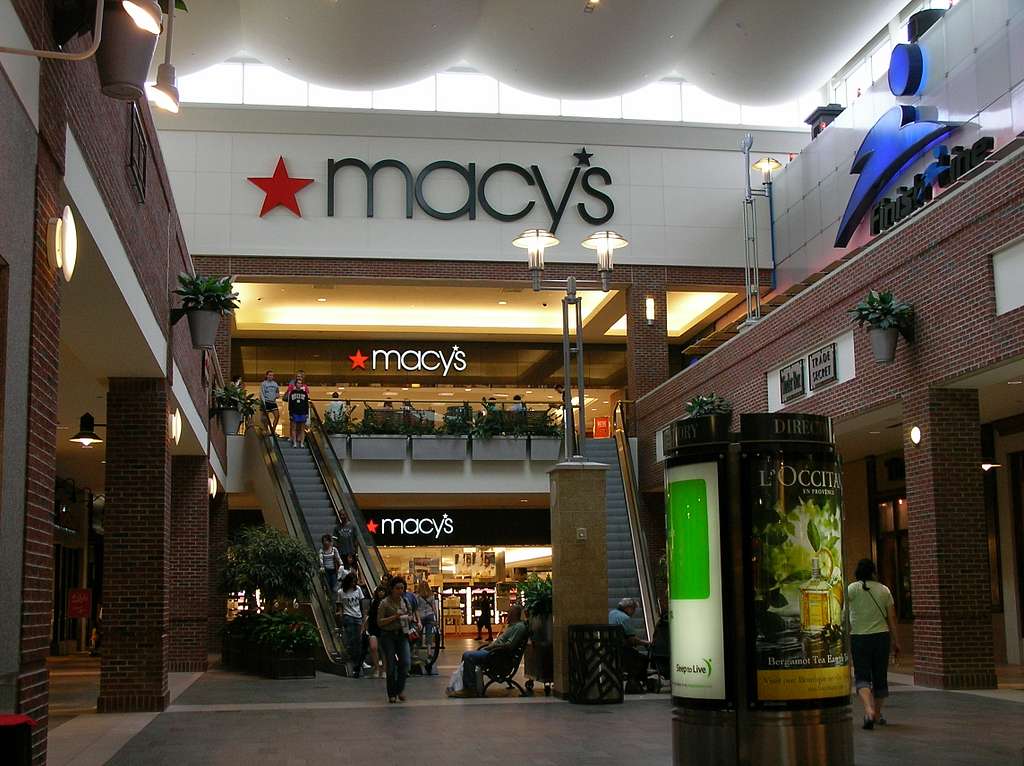
Department-store darling Macy’s is steering clear of markdown marathons by quietly repricing imported apparel and accessories. High-end handbags, silk scarves, and some performance-wear labels now come with a tiny tariff-driven bump. They’re leaning on domestic lines and fast-fashion collaborations to smooth the transition. Seasonal clearances are timed closer to tariff cycles, ensuring leftover stock is tariff-free. But that spring trench coat? It might cost $10 more than last season’s version.
Bridal customers could face minor upticks in gown alterations, too—those sewing materials aren’t immune. Store execs are tweaking loyalty rewards and credit card cashback to offset the sting. And the omnichannel integration means online shoppers see adjusted base prices before coupons. Bottom line: Macy’s wants to keep the shopping experience luxe, but global pricing pressures are real. Fashionably late to the tariff party, Macy’s still looks good—just at a slightly higher price.
8. TJ Maxx And Marshalls
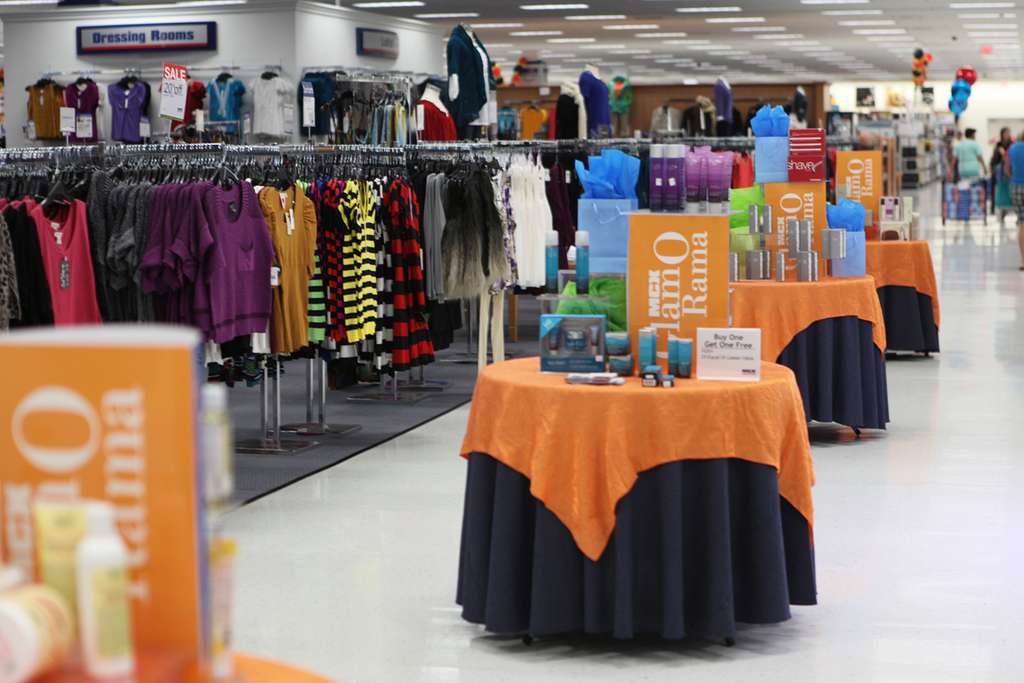
Off-price champs like TJ Maxx have always thrived on surplus imports—but with fewer bargains to pass along, pricing is inching up. Certain “game-changer” markdowns on small appliances or kitchenware now reflect new duty loads. Brands formerly liquidated at deep discounts are holding steadier price floors.
Customers accustomed to scoring big steals might notice a bit less “crazy discount” and a bit more “gentle markdown.” Their buyers are pivoting to domestic surplus and overstock imports from tariff-exempt regions. And private-label apparel lines are being sourced closer to home. Execs stress overall savings are intact, but they can’t magic away a global import tax. If you loved TJ’s wild discount runs, gear up for slightly tamer deals—still fun, just less roller-coaster.
9. Kohl’s
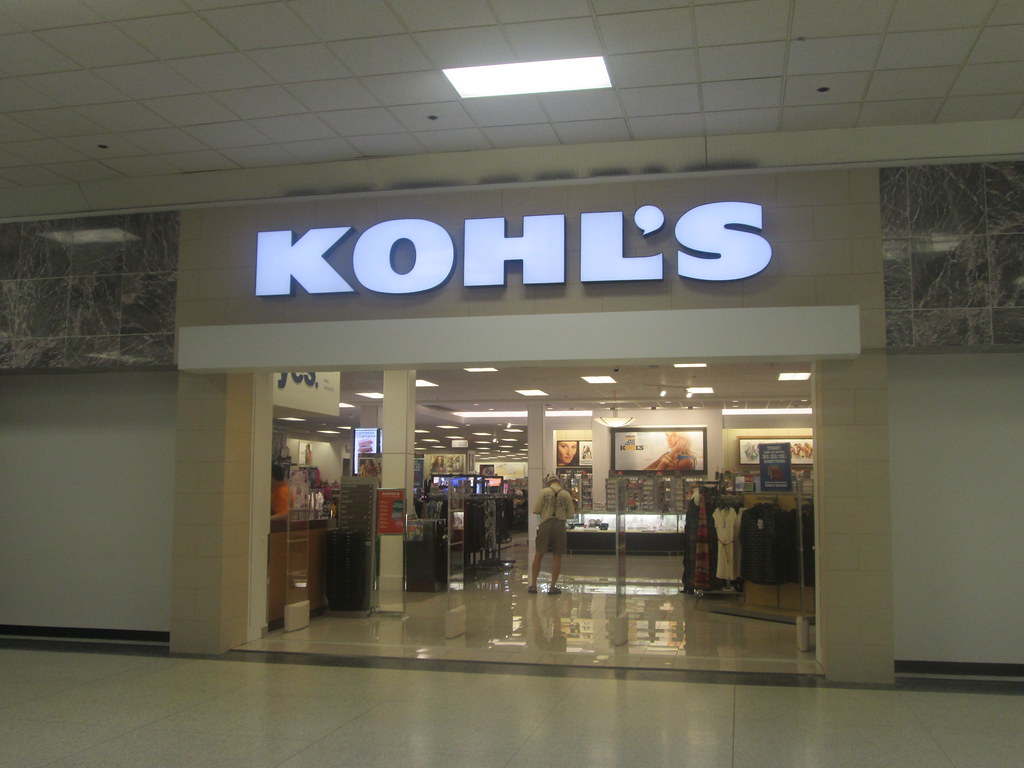
Kohl’s has rolled out a “price-guard” pledge on key value categories—but beyond that, some home goods and kids’ clothing items are getting tagged for small tariff adjustments. They’re boosting private-brand assortments from U.S. partners to fill gaps. They’ve even teased limited-time “Tariff Relief” coupons for cardmembers.
But if you swipe that Kohl’s Charge for an imported gadget, expect an extra dollar or two on your statement. Despite assurances, the blended cost of foreign merchandise is creeping into POS systems. Kohl’s CFO admitted the cost-pass-through is “selective and measured” but measurable nonetheless. Your everyday staples stay mostly the same—just don’t price-check imported extras against last year’s.
10. Nike
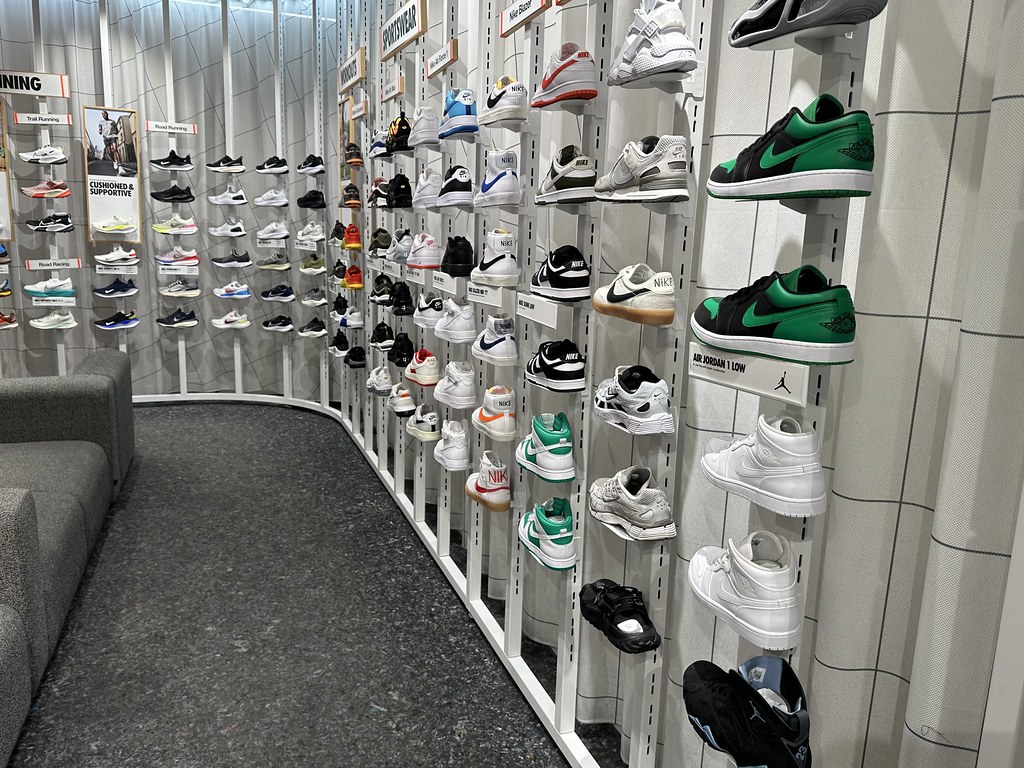
Sneakerheads, brace yourselves: certain styles and colorways of Nike’s imported kicks now sport a small tariff bump. The company has shifted a larger share of production back to Vietnam and Indonesia to mitigate U.S. import costs, but a few premium lines remain stateside-priced up.
Apparel basics remain stable thanks to the massive scale, yet specialty items (think limited drops) carry a bit more weight on price tags. Retail partners like Foot Locker will pass these directly through, and even Nike.com adjusts dynamically. On the flip side, Nike’s domestic factories are seeing a renaissance—just don’t expect free fast-shipping special offers to last forever. Your joggers still fly off shelves—just cost a hair more in these trade-turbulent times.
11. Under Armour
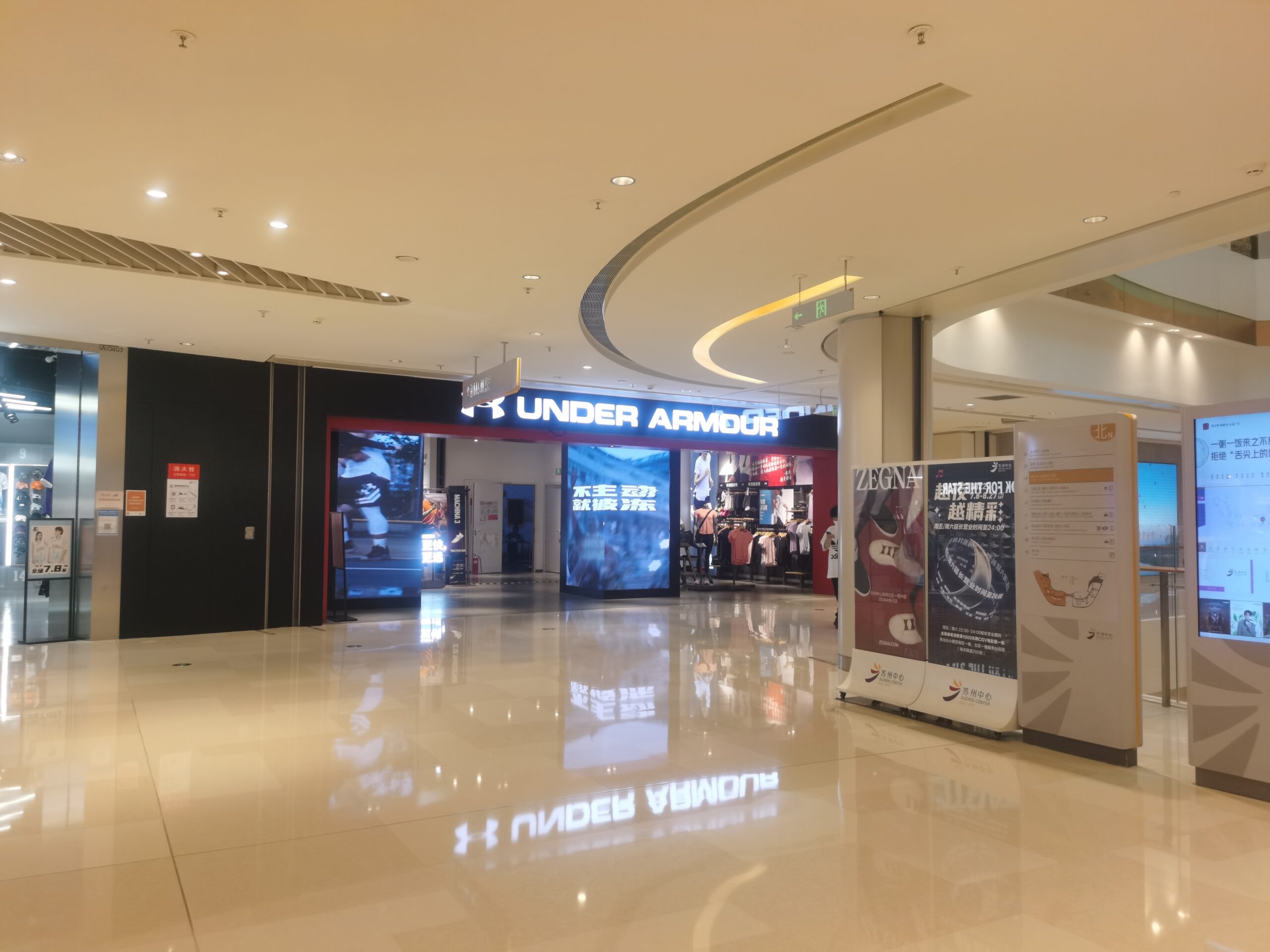
Under Armour is huddling with suppliers to switch more gear to U.S. mills, but for existing imported inventory, they’re whisper-hiking costs on performance apparel and accessories. Their “HeatGear” and “ColdGear” lines, made abroad, now carry a gentle surcharge. Brick-and-mortar partners are updating shelf tags, and UA’s own e-com site flags “price adjustment due to tariffs.”
They promise to phase in domestic alternatives by next season, but until then, expect a slightly stiffer tag shock. And while membership-style loyalty perks soften the blow, the tariff-driven cost does filter through. In short, your workout wardrobe still works, but your wallet might feel the burn.
12. Pandora
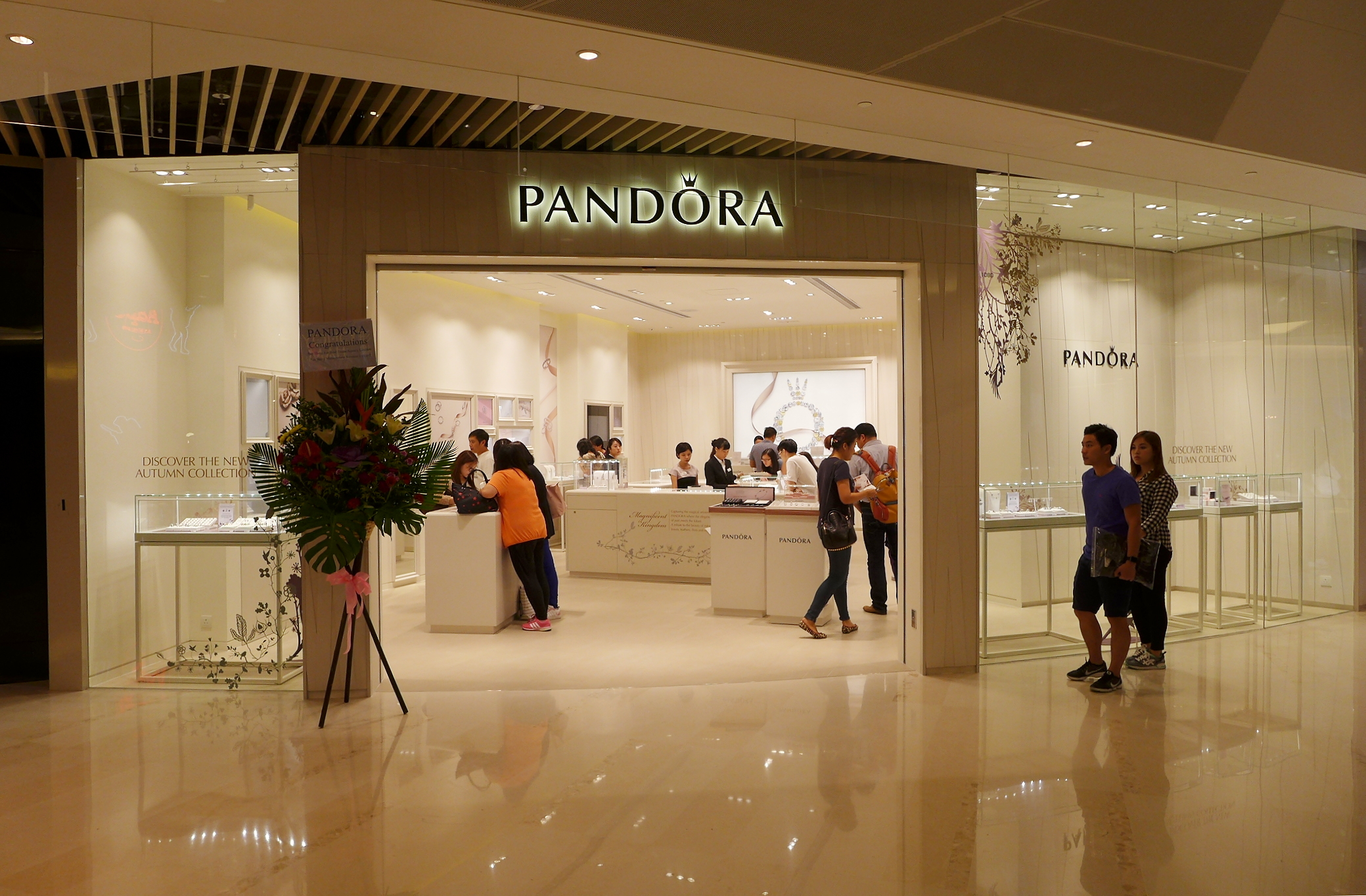
Pandora, the jewelry juggernaut known for its charm bracelets and dainty rings, is giving its price tags a small shine, right into that 10% tariff gap. According to reports by Reuters, the company plans to offset rising import duties by nudging up prices on select global markets rather than slapping hefty hikes solely on U.S. shoppers. This approach means your next charm might cost a few extra cents, but it keeps Pandora’s U.S. stores from taking the full hit, which could have been far more glaring. And with President Trump’s blanket tariff on all imports still in place, Pandora’s pricing team is walking a fine line between maintaining brand prestige and protecting profit margins.
Inside headquarters, the finance squad is monitoring consumer sentiment like hawks—tracking if customers balk at a $2 bump on a $50 bracelet versus a $10 leap. Loyal club members will see tiered coupon codes to soften the hit, while first-time buyers get free shipping on orders above a new, slightly raised threshold. E-commerce listings now flag “tariff-adjusted” for transparency, but don’t expect a neon banner in-store—Pandora’s blending the increase into its luxe pink-and-black aesthetic. Early indicators? U.K. and Australian outlets are absorbing more of the levy, so U.S. prices stay comparatively stable, keeping cross-border shoppers at bay. Plus, Pandora’s loyalty program has seen a 5% uptick in sign-ups this quarter, suggesting jewelry lovers would rather pay a bit more than lose their Pandora perks.
This article is for informational purposes only and should not be construed as financial advice. Consult a financial professional before making investment or other financial decisions. The author and publisher make no warranties of any kind.


